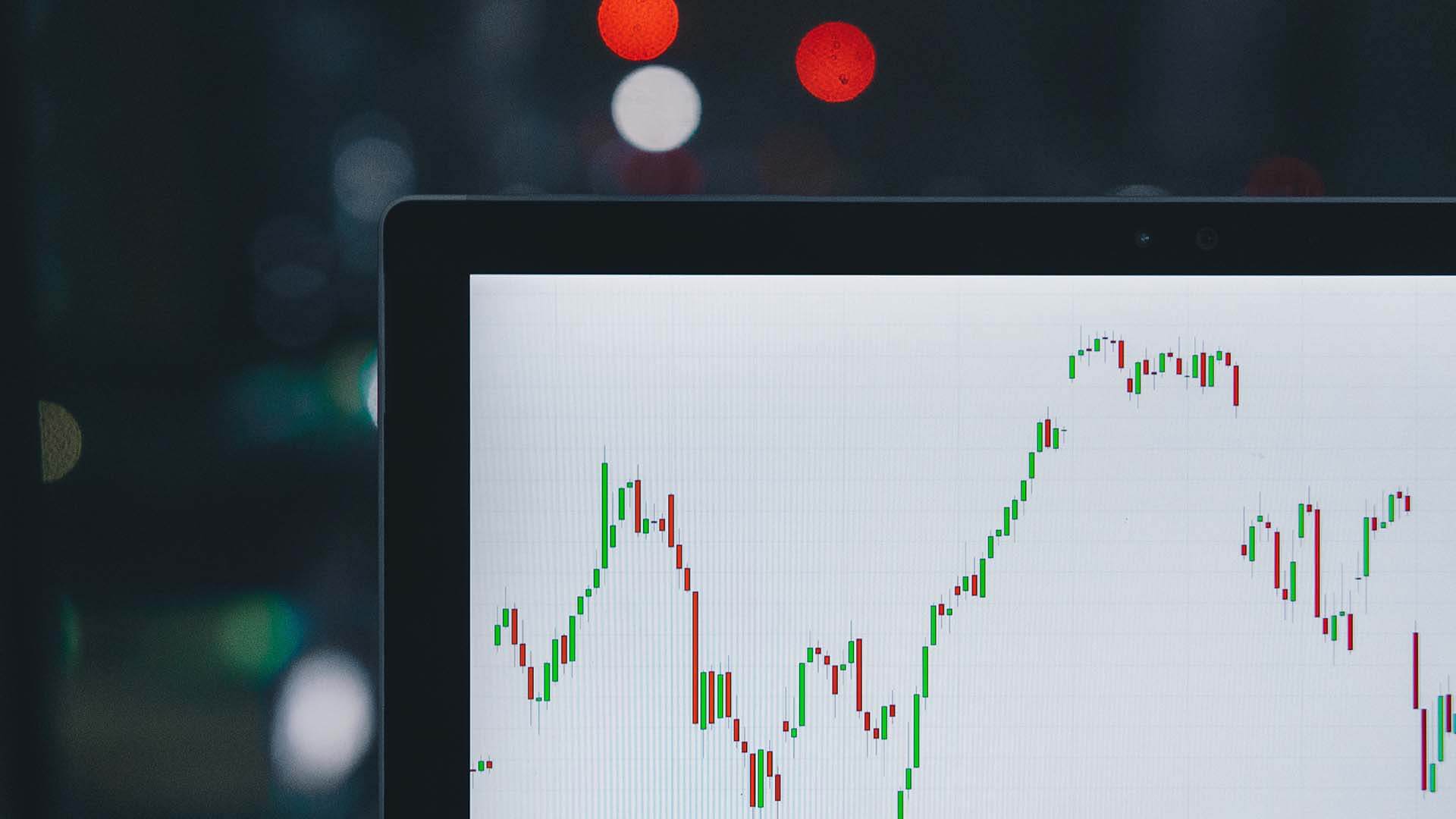At this stage I’ve nailed down the stock and I’m firm on the direction. Now I have to determine the magnitude of the move. Historical volatility, long-term technical support and resistance levels, relative valuation and overall market conditions guide me.
Historical volatility – If the stock has had a habit of making large moves, there is a likelihood that the pattern will continue. Conversely, if a stock has a nice orderly grind to it, the chance of an explosive move is small.
Long term technical support and resistance levels – These areas represent resting points for a stock. They include trend lines, horizontal price points and long term moving averages. The more widely accepted and more visually apparent, the greater the significance of the level. To a large degree, technical analysis is a self-full filling prophecy. If traders agree that a level is important – it’s important. Technical analysis helps me quantify the move.
Financial ratios – I look a how the P/E and PEG ratios stack up at various price points. For instance, if a stock is trading at a P/E of 12 and the SPY is trading at a P/E of 17, I will gauge how high the price has to move to reach 17. I understand that all stocks don’t trade at the same P/E, it just helps me measure the potential and I also compare the stock to its peers.
Market conditions – If the market is in a strong up trend and I’m evaluating a bullish trade, it has a chance of moving much higher since the “wind is at my back”. If the market is chopping back and forth, I can’t expect the same “pop”.
Magnitude is extremely important since it will play a huge role in the strategy I select. If I’m looking for a big breakout to the upside on a volatile stock during a strong market rally, I want to consider buying calls. I might even consider out-of-the-money (OTM)calls. If I’m considering a bearish trade on a stock that is slowly drifting lower after hitting heavy resistance, I might consider selling a call credit spread on the stock if the market is fairly strong. In this case, I’m fighting the market and I might only be looking at a $2-$3 move in the stock.
Here’s a live example of a trade. The first thing you will notice is the very volatile nature of the stock. Below you can read my analysis
Stock – Salesforce.com, Inc. provides on-demand customer relationship management (CRM) services primarily in the United States.
Rationale – Analysts love this company and I’m sure it has great CRM solutions. The analysts that praised it last March at $40 went on summer vacation and it lost 50% of its value. Now that the cheering section is back, so is the stock. I don’t get it. This company is slated to announce EPS of $.05 for the quarter next week. What’s more, it ‘s expected to have fiscal EPS (Jan 07) of $.22. That yields a P/E of 181. Oh, perhaps it’s a growth story! Not from what I can find. According to Yahoo Finance, it has a 5-year PEG ratio of 2.0 and that’s not cheap. I just have to look at the chart to know there is uncertainty. Solid stocks with a “known” future don’t lose 50% of their value on a 7% market related sell off. Investors bailed this summer. The chart above shows very strong resistance at this level and I’ll bet it holds.
Strategy – I want to get short but the strong market and the highflying nature of this stock have me spooked. A diagonal spread will allow me to sell some high implied volatility options going into earnings. If I’m wrong, the stock will rally, the November puts will vaporize and the December 45 puts should hold their value. If I still like the play, I might decide to sell the December 40 puts against the position and create a debit-spread after the November puts expire. If I’m right and the stock tanks, I should be able to make at least $1.00 on the trade. In that scenario the December and November options would both have to be trading at parity. That’s not likely since the December puts should carry at least a little time premium.
Diagonal Spread
Buy 10 CRM December 45 puts (CRMXI)
Sell 10 CRM November 40 puts (CRMWH)
Net Debit $4.00
Points to remember – I’m looking for a big move and the stock is telling me from past experience that it might be looming. My confidence is tempered by earnings next week and the strong market so I have decided to play it more conservatively. If the market were in a down trend, I might be more aggressive with the trade.
This is a speculative trade. Be prudent and treat it as such. In the next article I will discuss how the duration of the expected move impacts my option strategy.










